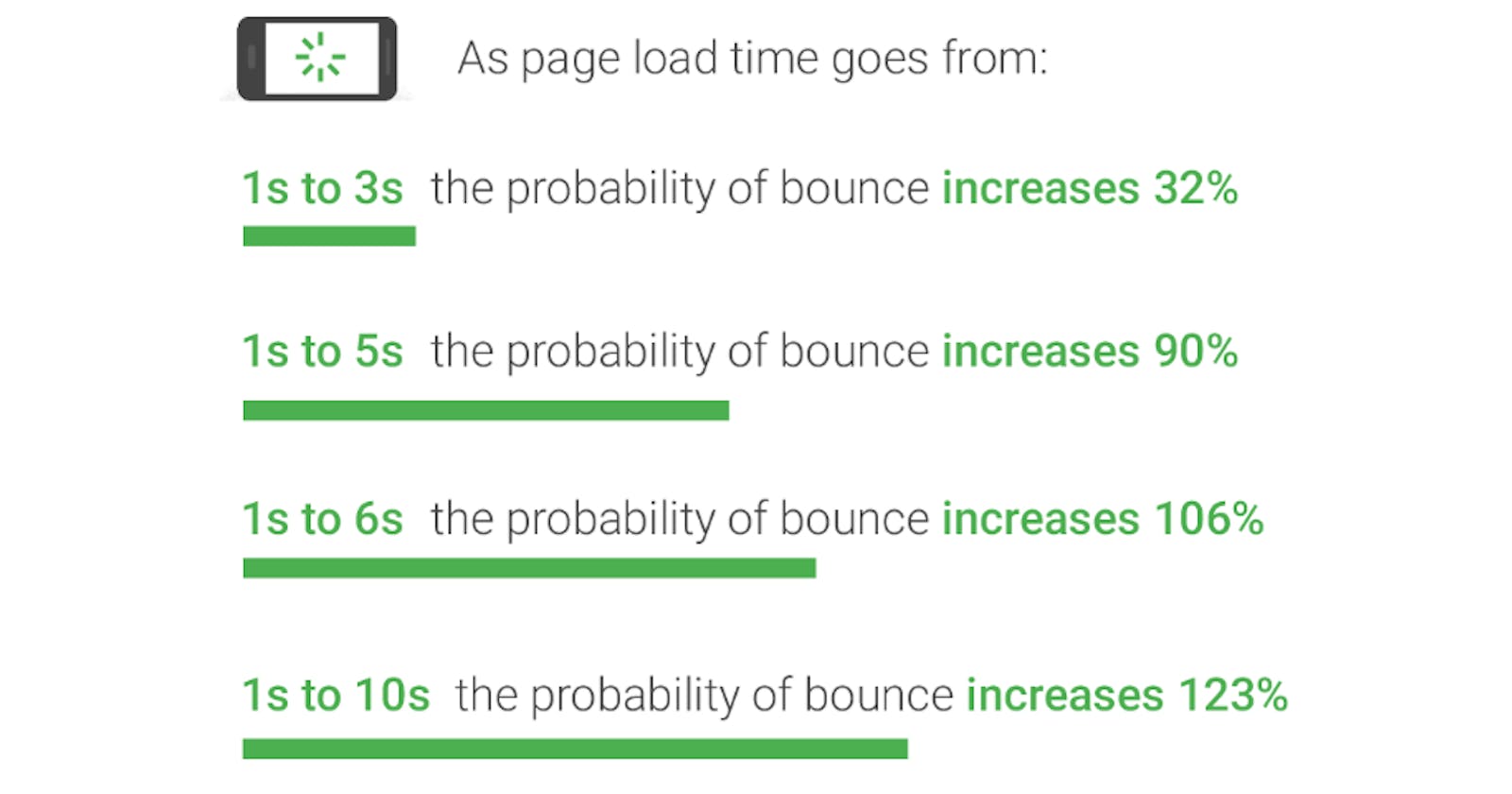If you enjoy this topic, you will probably like my articles, tweets, and stuff. If you're wondering, check out my YouTube channel and don't forget to subscribe and follow since I'm offering programming and motivating tools and information to help you achieve your dreams.
Website load time and page speed are critical factors that can impact the user experience and affect the success of your website. Slow-loading websites can lead to higher bounce rates, decreased conversion rates, and negative impact on search engine rankings. In today's fast-paced online environment, optimizing your website's load time is essential for providing a positive user experience and driving business success.
Here are some best practices for optimizing website load times and improving page speed:
Minimize HTTP Requests: One of the biggest contributors to slow load times is the number of HTTP requests made by your website. Minimizing the number of requests by combining files, such as CSS and JavaScript, into a single file can significantly improve your website's load time.
Use a Content Delivery Network (CDN): A CDN can significantly improve the loading speed of your website by caching and serving your content from multiple locations. This reduces the distance data has to travel and helps to ensure fast and reliable access to your content.
Optimize Images: Large, high-resolution images can significantly slow down your website. Optimize images by compressing them, reducing their size, and using appropriate file formats.
Minimize the Use of Plugins: While plugins can add useful functionality to your website, they can also significantly slow down your site. Only use the necessary plugins and minimize their use to improve your website's load time.
Use a Fast and Reliable Hosting Provider: Your hosting provider plays a crucial role in the speed and reliability of your website. Choose a fast and reliable hosting provider that provides regular backups and 24/7 support.
Enable Browser Caching: Browser caching allows a website's content to be stored in the visitor's browser, reducing the amount of data that needs to be loaded for each subsequent visit. This can significantly improve your website's load time.
Minimize the Use of Redirects: Redirects can significantly slow down your website by adding extra round trips between the server and the client. Minimize the use of redirects to improve your website's load time.
Monitor and Test Your Website's Performance: Regularly monitor and test your website's performance to identify any issues that may be affecting its speed. Tools like Google PageSpeed Insights and GTmetrix can provide valuable insights into your website's performance and suggest ways to improve its speed.
In conclusion, optimizing website load times and improving page speed is critical for providing a positive user experience and driving business success. By following these best practices, you can ensure that your website loads quickly and reliably, providing a seamless user experience for your visitors.
If you enjoy this topic, you will probably like my articles, tweets, and stuff. If you're wondering, check out my YouTube channel and don't forget to subscribe and follow since I'm offering programming and motivating tools and information to help you achieve your dreams.
